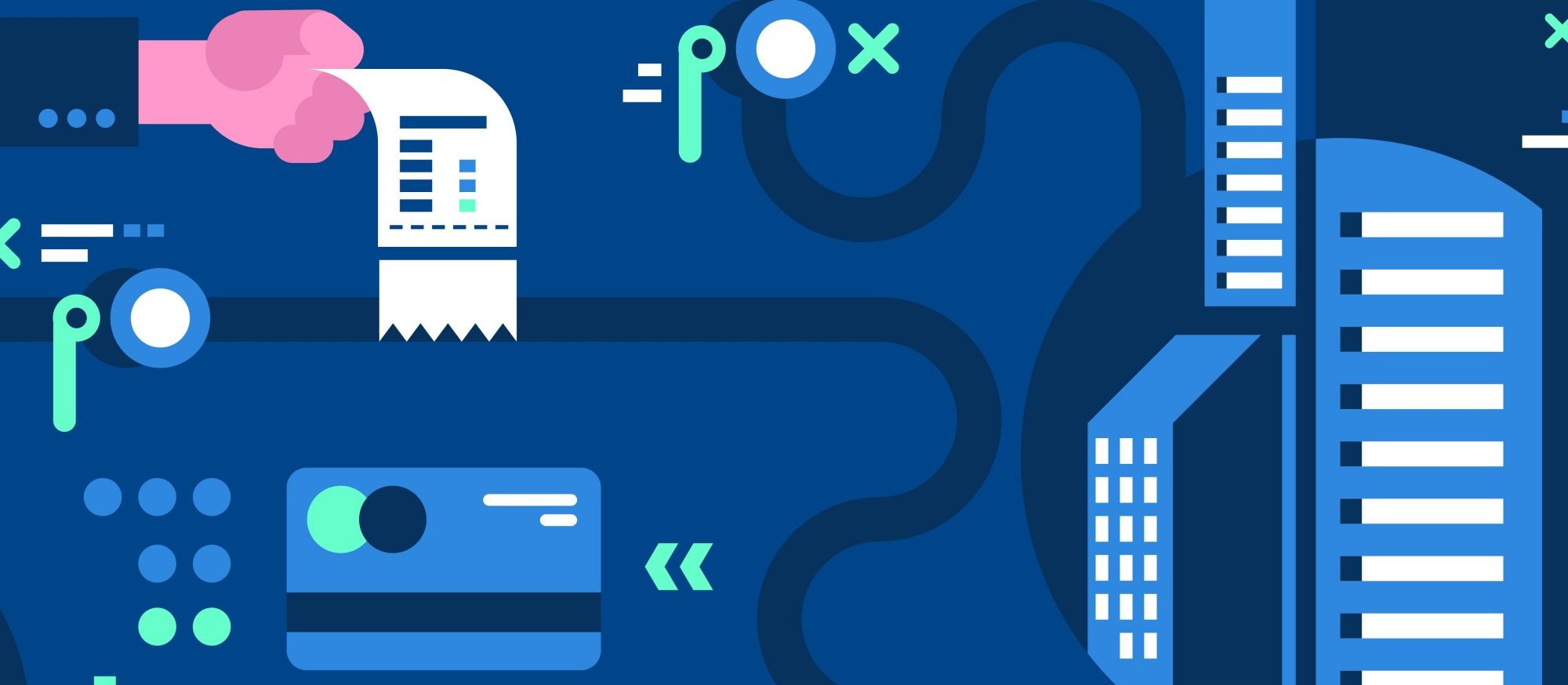There are several types of customer platforms that businesses use to manage their customer data.
CRM (Customer Relationship Management) platforms are used to help businesses manage and analyze customer interactions and data throughout the customer journey.
ERP (Enterprise Resource Planning) ERP systems integrate customer data from various sources, such as sales, marketing, and customer support, into a single location. Overall, ERP systems can provide valuable tools and functionality for managing and analyzing customer data, and can help businesses to more effectively engage and retain customers.
Helpdesk/ticketing systems allow customers to submit support requests and track their status.
Live chat platforms enable businesses to communicate with customers in real-time through a chat interface.
Social media management tools allow businesses to monitor and respond to customer interactions on social media platforms.
E-commerce platforms provide businesses with tools for managing online sales and customer data.
CDPs (Customer Data Platforms) collect, store and manage customer data from multiple sources in a single location, providing a unified view of the customer; allowing businesses to segment and target audiences, personalize communication, and optimize marketing campaigns.
DMPs (Data Management Platforms) are systems that collect, store, and organize data from various sources in order to create audience segments for targeted advertising. They allow businesses to target specific groups of customers with relevant ads and content, and track the effectiveness of their advertising campaigns.
BI (Business Intelligence) platforms, provide businesses with tools for analyzing customer and transactional data and help with making informed decisions. These platforms typically include tools for data visualization, reporting, and analytics. They allow businesses to gain insights into their operations, customer behavior, and market trends and use that information to optimize their strategies and improve their performance.
These are just a few examples, and there are many other types of customer platforms available depending on the needs of a specific business. Each of these platforms is specialized in a specific field and serves different purposes, but all of them provide valuable insights and allow businesses to make more informed decisions.
An MDM (Master Data Management) platform targets managing, cleansing, and maintaining a single, accurate view of the customer. A CMDM, dedicated to customer master data management focuses on all this functionality but exclusively in the context of customer data management.
A CMDM provides the business with tools to ensure the accuracy, completeness, and consistency of customer data by providing data quality management, data validation, and data auditing capabilities.
The consolidated customer data from multiple sources into the CMDM, from systems such as CRM, ERP, social media, eCommerce, etc results in a single, unified view of the customer helps the business to more effectively focus marketing efforts, improves customer service, and helps to make more informed decisions.
CMDM solutions can help businesses to protect sensitive customer data by providing data encryption, user access controls, and data masking capabilities.
CMDM solutions can integrate customer data with other systems, such as data analytics platforms, to gain insights into customer behavior and preferences.
Overall, CMDM solutions can help businesses to improve the quality and accuracy of their customer data, which can lead to more effective customer management and engagement.
Defining some differences
A CDP (Customer Data Platform) typically ingests, stores, and manages customer data from various sources in real time. The focus is on creating a single customer view by combining data from different sources, such as website interactions, email campaigns, and CRM systems. The main goal is to make customer data available in real time to other systems, such as marketing automation, analytics, and personalization platforms.
Any CRM (Customer Relationship Management) is commonly used to manage customer interactions and relationships. The focus is on managing sales, marketing, and customer service activities.
The main goal is to provide a centralized view of customer interactions and to support sales and marketing activities.
A DMP (Data Management Platform) is used to manage and segment large amounts of data. DMPs focus on collecting and managing data from different sources, such as website interactions, email campaigns, and CRM systems. The main goal of a DMP is to segment and target customers for advertising and marketing campaigns.
A CMDM (Customer Master Data Management) manages and maintains the accuracy and consistency of data across the organization. Focused on creating a single version of the truth for the customer master, the main goal of the CMDM is to ensure that data is accurate, consistent, and up-to-date across the organization.
The optimal solution for your organization may depend on many factors, however, don’t assume that your organization doesn’t potentially need any or all of these types of systems.
Each needs to be considered for its own merits.
| Feature* | CRM | CDP | DMP | Pretectum CMDM |
| Zero Party Data | ✔ | ✔ | ||
| 1st Party Data | ✔ | ✔ | ✔ | |
| 2nd Party Data | ✔ | ✔ | ✔ | |
| 3rd Party Data | ✔ | ✔ | ✔ | ✔ |
| Reports and Dashboards | ✔ | ✔ | ✔ | ✔ |
| Data Storage | ✔ | ✔ | ✔ | |
| Data Cleansing and Enrichment | ✔ | ✔ | ✔ | |
| Privacy and Consent Management | ✔ | ✔ | ✔ | ✔ |
| Integrate many data sources | ✔ | ✔ | ||
| Real-time functionality | ✔ | ✔ | ||
| Notes and tags | ✔ | ✔ | ||
| Deduplication | ✔ | ✔ | ✔ | ✔ |
| Single Customer View | ✔ | ✔ | ||
| Identity Resolution | ✔ | ✔ | ||
| Sensitive Data Handling (PII) | ✔ | ✔ | ||
| Data Anonymization | ✔ | ✔ | ||
| Long Term Data Retention | ✔ | ✔ | ||
| Schema/Model Definition | ✔ | |||
| Data Segmentation | ✔ | ✔ | ✔ | |
| Audience Creation | ✔ | ✔ | ✔ | |
| Data Quality Management & Reporting | ✔ | |||
| Used for Advertising | ✔ | ✔ | ||
| Used for Email List Creation | ✔ | ✔ | ||
| Multi Data Set Support | ✔ | |||
| Used for Website Chat Integration | ✔ | ✔ | ||
| Role-Based Access Control | ✔ | ✔ | ✔ | ✔ |
| Used for Website CX Personalization | ✔ | ✔ | ||
| Used for Mobile Integration | ✔ | ✔ | ||
| Used for CLI Integration | ✔ | ✔ | ||
| Multiple Department Uses | ✔ | ✔ | ||
| Data Syndication | ✔ | ✔ | ||
| Open Platform (API Integrations) | ✔ | ✔ | ✔ |
*These are general features of platforms that use these terms, specific feature sets will vary from platform to platform and between different vendors
Contact us to learn more about how you can take advantage of the Pretectum CMDM advantage



What are the key features and purposes of Pretectum CMDM, and how does it differ from Customer Data Platforms (CDPs) and Data Management Platforms (DMPs) in the context of managing customer data for operational efficiency, marketing, and advertising?
Pretectum CMDM specializes in centralizing and managing core customer data to ensure a reliable single source of truth, prioritizing accuracy and consistency for operational efficiency and relationship management. In contrast, Customer Data Platforms (CDPs) are designed for marketing teams, focusing on unifying a broader set of customer data from various touchpoints to create comprehensive customer profiles for personalized engagement. Data Management Platforms (DMPs) are geared towards advertisers, collecting and managing anonymous audience data for targeted advertising campaigns. While Pretectum CMDM is integral for businesses seeking accurate customer information, CDPs and DMPs serve marketing and advertising purposes with a focus on personalized customer experiences and targeted campaigns, respectively. The choice between them depends on the specific goals and requirements of the organization.
Pretectum CMDM specializes in centralizing and managing core customer data to ensure a reliable single source of truth, prioritizing accuracy and consistency for operational efficiency and relationship management. In contrast, Customer Data Platforms (CDPs) are designed for marketing teams, focusing on unifying a broader set of customer data from various touchpoints to create comprehensive customer profiles for personalized engagement. Data Management Platforms (DMPs) are geared towards advertisers, collecting and managing anonymous audience data for targeted advertising campaigns. While Pretectum CMDM is integral for businesses seeking accurate customer information, CDPs and DMPs serve marketing and advertising purposes with a focus on personalized customer experiences and targeted campaigns, respectively. The choice between them depends on the specific goals and requirements of the organization.